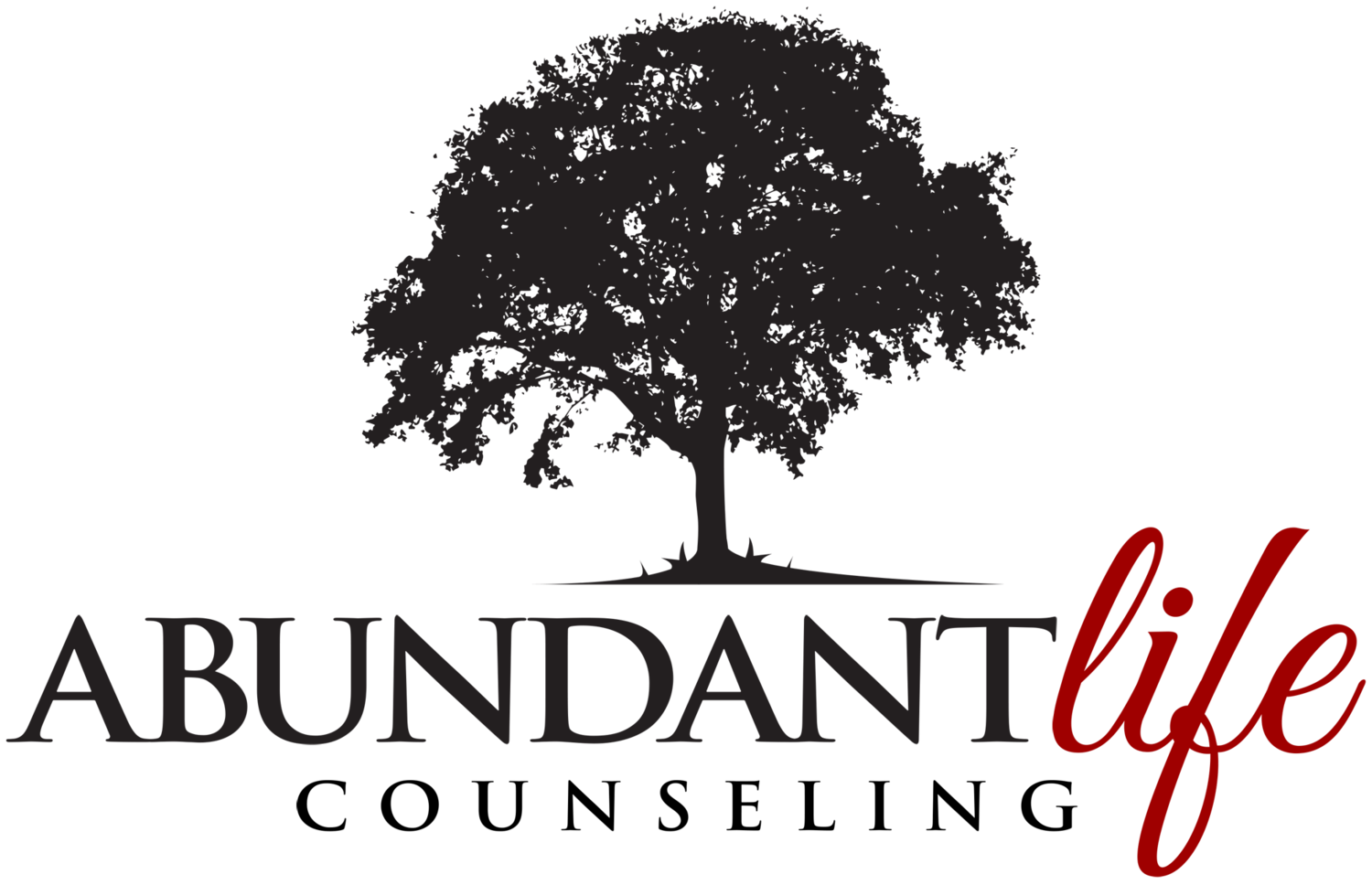The opposite of personal wholeness is toxic shame.
Toxic Shame
Toxic or unhealthy shame makes us feel deeply divided against ourselves. For the person who struggles with toxic shame, it’s almost as if they walk alongside themselves in a spirit of constant criticism or comparison, whispering insults and judgment along the way. Always attempting to measure up to some standard and never quite arriving. Never at rest. When we have toxic shame, our shame has become an identity or operating system for life.
Healthy Shame
On the other hand, there is such a thing as healthy shame. Healthy shame lets us know that we have limits. We are not God. We have permission to make mistakes and be a human being. The freedom to make a mistake produces creativity, joy, hope and love! Peace and rest become real. We begin to experience self acceptance.
Roots of Shame
During childhood our identity is beginning to form. We rely on our parents to give us our identity. We see ourselves through their eyes. In order to grow a secure and positive sense of self during this formational time, we need a strong sense of love and affirmation from our parents. This helps us download a secure and whole operating system for life.
On the other hand, when we experience shame through abandonment, neglect or abuse in childhood, the result is a shame and fear based identity. Life becomes a constant struggle to attain the perception of safety and security - the goal of a shame based operating system. The security or fear we experienced in our home during childhood moves into our heart when we set out into the world. We inherit our operating system from our parents: The whole or broken grid through which we view the world and ourselves.
OS 2.0
If you operate from a place of toxic shame, the good news is it’s possible to download a new operating system. This requires identification of your old OS and the intentionality to do something about it. It also may require the assistance of a trained counselor who knows how to work with shame. Thankfully, it’s not necessary to continue to serve the unrelenting master of toxic shame.
~ Josh Grover LMHC






